The centrality of the victim’s suffering, full reparation and cases of dam failure
Retrospective of the 10 years of Homa – Center for Human Rights and Business
Written by: Ana Laura Figueiredo
Continuing the retrospective series of the 10 years of Homa’s work, in which we will highlight the main achievements and involvement in the Global and National Agendas, in this post we will highlight the critical approach of the principle of the centrality of the victim’s suffering and integral reparation, carrying out a parallel with the work of Homa in the cases of dam rupture: the Fundão dam, in Mariana-MG, and the Córrego do Feijão dam, in Brumadinho-MG.
Principle of victim centrality of suffering
The jurist Antônio Augusto Cançado Trindade, former president of the Inter-American Court of Human Rights, defended and used the principle of the centrality of the victim’s suffering in several decisions, but what stands out is his understanding of the different ways it can be manifested.
The principle, which comes from a legal-philosophical context, argues that the human being who suffers damages, whether from the State, individuals, or legal entities, must become a protagonist in the development of reparatory and preventive mechanisms for their suffering. With this, the participation of the victim becomes indispensable for achieving the objective of International Human Rights Law, in Trindade’s view.
Regarding its various forms, the first is the guarantee of the participation of individuals in the international legal sphere, the second is the primacy of Law over force, represented by war, and the third deals with the issue of reparation in its various remediation modalities of damage caused to human rights. This understanding developed by Trindade is also followed by Homa and accompanies the work carried out not only by our Centre for Human Rights and Business but by the civil society that works on this agenda.
Cases of the Fundão and Córrego do Feijão dams
After this brief explanation of what the centrality of the victim’s suffering means, it is possible to relate the theme to the rupture of the Fundão dams in Mariana/MG and the Córrego do Feijão in Brumadinho/MG, being considered the biggest socio-environmental disaster-crimes that occurred in Brazil. Such cases became the object of Homa research and strengthened the mobilization among those affected.
Mariana’s case, which was the subject of another blog series, occurred in 2015 and left about 1,500 hectares of vegetation destroyed, 11 tons of dead fish, 329 families homeless and 21 people dead. After seven years of the criminal disaster involving the companies Samarco/Vale/BHP Billiton, the case remains unsolved and the remedial measures already agreed upon have not yet been fully applied.
This delay in ensuring full compensation for those affected is added to some of the peculiarities of the case, such as the appointment of the Renova Foundation as mediator and manager of the funds earmarked for compensation. The process in search of justice for communities and territories has a series of violations of the right to participation, the primacy of human rights, consultation, provision of technical assistance, among others that together reveal a clear opposition to what is foreseen in the principle of the centrality of the suffering of the victims.
It should be noted that the effective participation of victims is an existential condition for reparation since in the logic of “victimization”, “human suffering” and “victim rehabilitation”, only those who have suffered are able to say what is essential to the reparation so that it occurs in its entirety, which differs from the renegotiation proposal in force after several ineffective conduct adjustment terms.
For this struggle, the Rio Doce Research Network was created, of which HOMA is a part, which integrates the Rio Doce Observatory, a collective articulation formed by various civil society organizations, social movements, and academic groups whose objective is to monitor the process of repair and consolidate a field of civil society struggle that has the strength to pressure and denounce companies and institutions that suffer corporate capture.
Even before effectively integrating the Observatory that was launched in 2021, HOMA was already involved in this agenda when it accompanied the visit of a Commission of the UN Working Group on Transnational Corporations to Mariana shortly after the rupture and launched a line of research entitled “Mining and Violation of Human Rights” which has several publications. At that moment, the podcast “Cava – mining in debate” was created, which is a partnership between the Committee in defense of the Territories against Mining, the Rio Doce Research Network, the Terra Research Group, and the Reference Center for Human Rights, and aims to contribute to a critical debate on the Brazilian mineral model.
The Brumadinho case, which occurred in 2019, leaving 272 dead, some people still missing, and severe pollution in the Paraopeba river, had as its solution the signing of an agreement between Vale and the state of Minas Gerais behind closed doors. This measure again reveals the violation of the principle of the centrality of the victim’s suffering and the strength of the alliance between companies and the State, reinforcing the problem of corporate capture and the existing disparity of forces between the agents involved when seeking to repair human rights violations.
In the next post, we will continue the timeline of Homa’s activities, focusing on the development of National Action Plans, together with the research carried out, and the beginning of the Human Rights and Business agenda in Brazil with the 1st Brazilian public hearing on the subject.
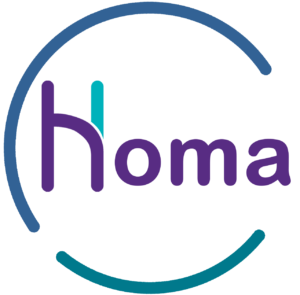
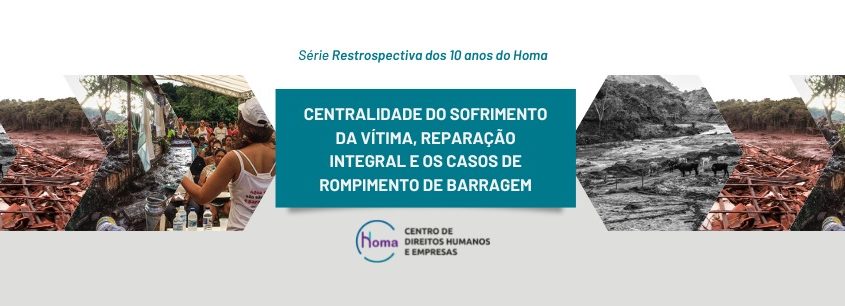
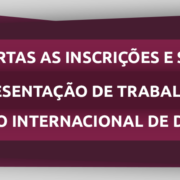
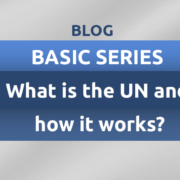
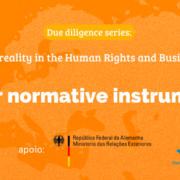
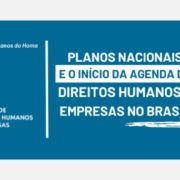
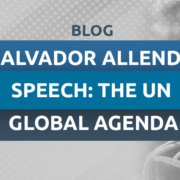
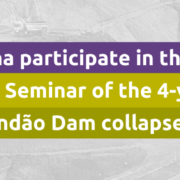
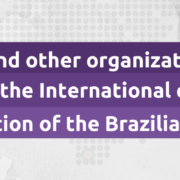



Leave a Reply
Want to join the discussion?Feel free to contribute!